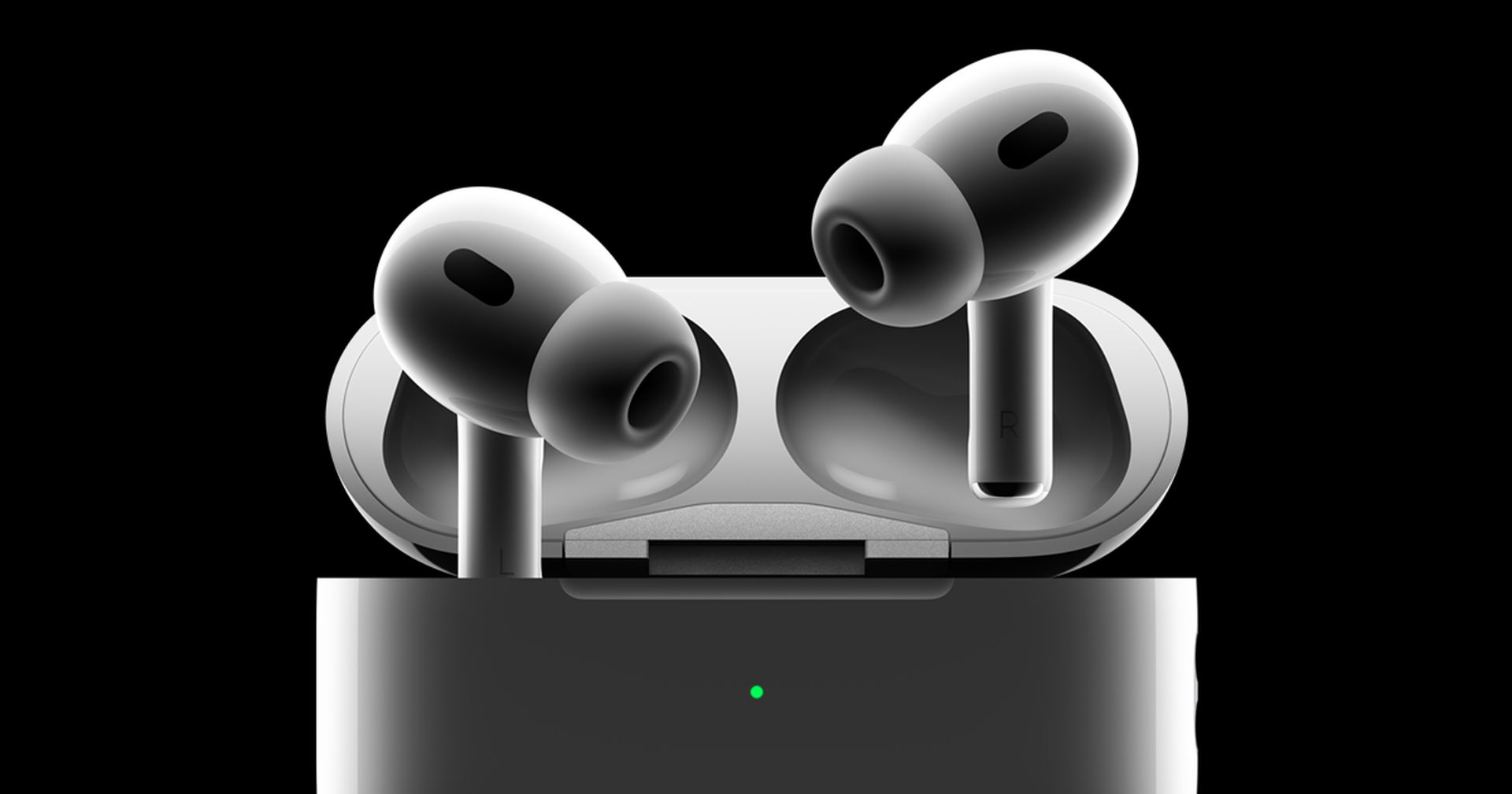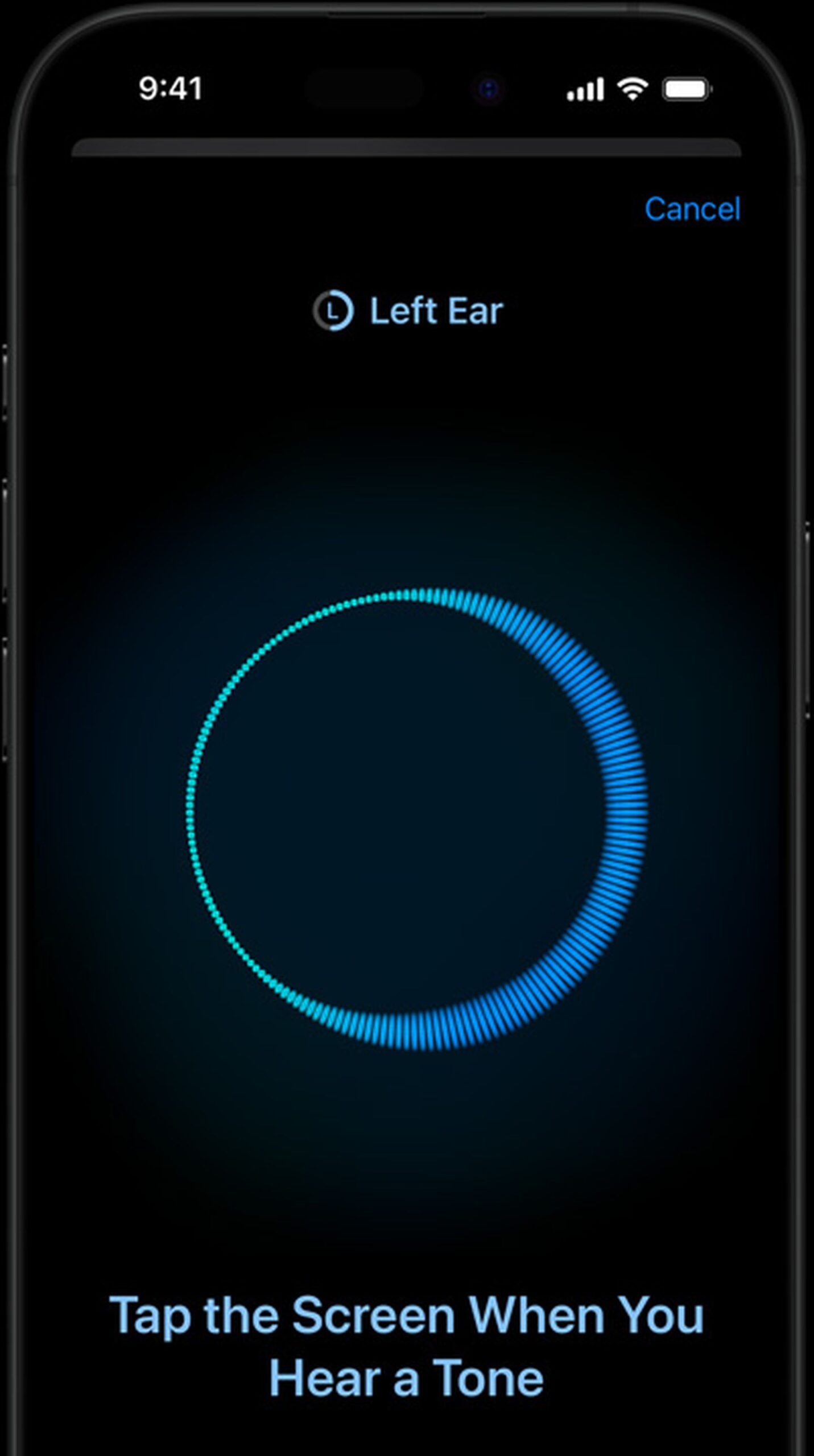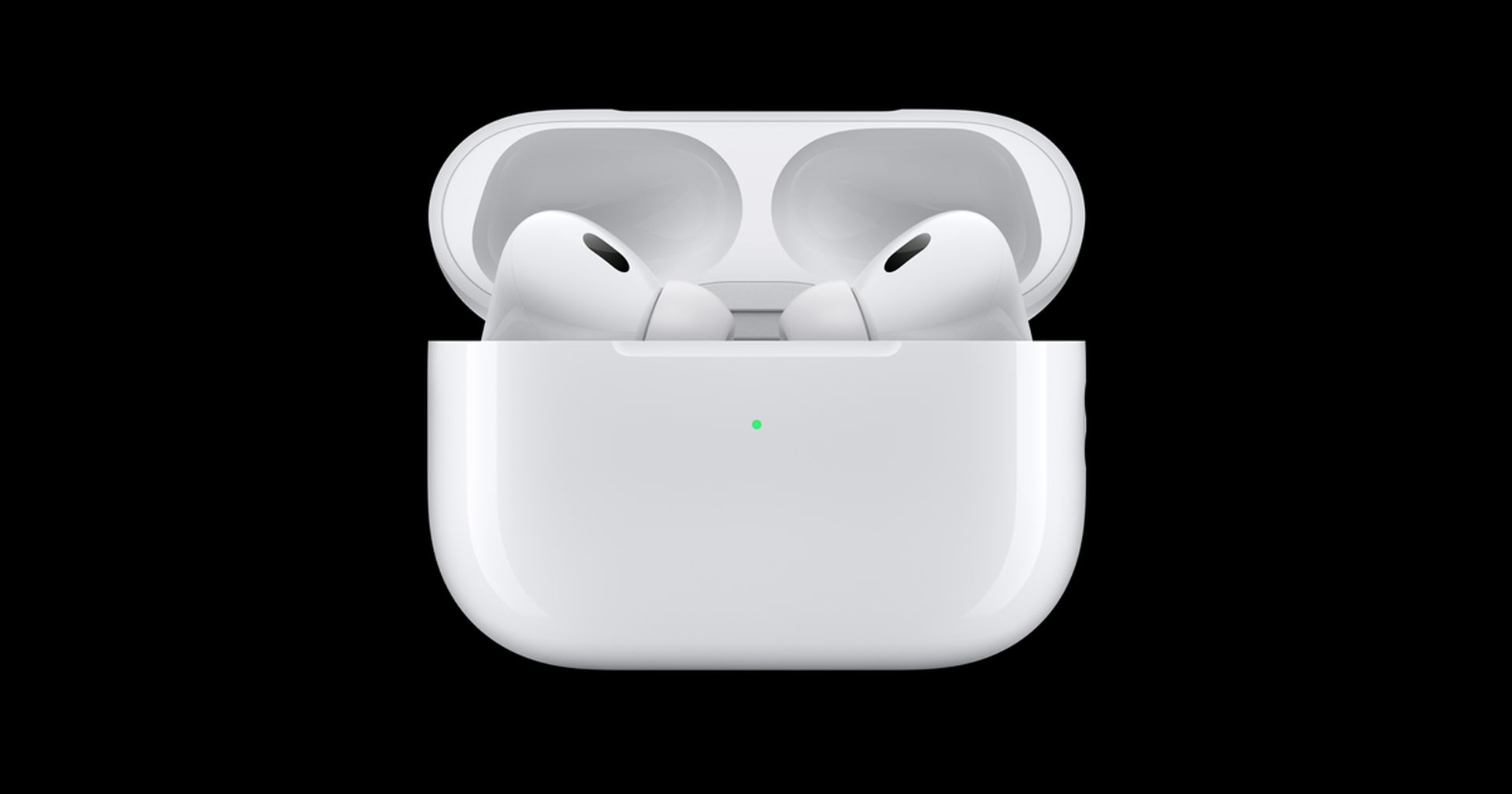and the distribution of digital products.
DM Television
Apple Hearing Aid can transform AirPods Pro 2 into affordable, smart hearing aids

The introduction of the Apple Hearing Aid feature with the AirPods Pro 2 has captured widespread attention. Apple has now set its sights on the hearing aid market, blending personal audio technology with health innovation. By incorporating clinical-grade hearing assistance into their popular wireless earbuds, Apple offers an affordable and accessible option for people with mild to moderate hearing loss. But how do these Apple hearing aids stack up against traditional devices, and what can users expect from this new feature? Let’s explore.
From earbuds to hearing aids: Apple Hearing Aid feature explainedApple Hearing Aid is a new functionality built into the AirPods Pro 2. These AirPods can now serve as over-the-counter (OTC) hearing aids for individuals with mild to moderate hearing loss. By leveraging advanced sound technology and machine learning, Apple has turned its earbuds into a dual-purpose device that provides both high-quality audio and personalized hearing assistance.
Over-the-counter (OTC) hearing aids are hearing devices that can be purchased directly from a store or online without the need for a prescription or consultation with a healthcare professional. These aids are designed for adults with mild to moderate hearing loss and provide a more accessible and affordable alternative to traditional hearing aids, which often require multiple doctor visits and can be costly. The FDA approved the sale of OTC hearing aids to make hearing care more available, giving people the ability to manage their hearing health independently.Here is how Apple Hearing Aid makes AirPods Pro 2 a dual-purpose device:
- Personalized hearing profiles: After taking a hearing test via an iPhone, the AirPods adjust sound amplification based on the user’s specific hearing needs.
 (Credit: Apple)
(Credit: Apple)
- Machine learning for real-time adjustments: The AirPods analyze environmental sounds, adjust to enhance speech, and filter out background noise.
- Frequency boosting: The hearing aid feature boosts certain frequencies to clarify speech and sounds.
- Enhanced transparency mode: Users can amplify ambient sounds, such as conversations, while still clearly hearing their surroundings.
Apple’s move into the hearing aid market follows the FDA’s 2021 decision to allow the sale of over-the-counter (OTC) hearing aids. This opened the door for tech companies to provide affordable, non-prescription solutions for hearing loss. Apple Hearing Aid represent a significant step in this direction, offering a blend of high-tech audio features with personalized hearing health.
With Apple Hearing Aid, the company continues its push into health technology. Apple has previously integrated health-monitoring tools into the Apple Watch, such as the ability to detect irregular heartbeats or sleep apnea. The hearing aid feature in AirPods Pro is another example of how Apple investing in health tech.
One of the biggest challenges for people with hearing loss is the stigma associated with wearing hearing aids. However, Apple Hearing Aid come in the form of trendy AirPods, which are already widely accepted by people of all ages. This could encourage more individuals, especially younger users, to address their hearing needs without feeling self-conscious.
Is it really affordable?Apple Hearing Aid feature—which is actually the hearing aid functionality integrated into the AirPods Pro 2—are relatively affordable compared to traditional hearing aids. Priced at $249, they offer a more budget-friendly option for those with mild to moderate hearing loss. In contrast, traditional prescription hearing aids can cost several thousand dollars, often requiring additional expenses for fittings, adjustments, and follow-up appointments.
 (Credit: Apple)
(Credit: Apple)
While Apple Hearing Aid feature provide significant cost savings and added convenience as a dual-purpose device (serving both as earbuds and hearing aids), they may still be considered a high investment for some, especially when compared to other OTC hearing aids that may be priced similarly.
Spoiler alert: It’s not perfect- Not suitable for severe hearing loss: Apple Hearing Aid are designed specifically for mild to moderate hearing loss. Those with more severe hearing loss will still need traditional hearing aids, which provide stronger amplification and more advanced sound processing.
- Battery life: Unlike traditional hearing aids that can last for several days, Apple hearing aids (AirPods Pro 2) have a battery life of only 3 to 6 hours when used for hearing assistance. This is one of the major drawbacks for users who need all-day support.
- FDA clearance pending: While Apple expects to receive FDA clearance soon, Apple Hearing Aid are not yet officially recognized as a medical device. However, the company has assured that they are working toward making this feature FDA-regulated.
The Apple Hearing Aid feature for the AirPods Pro 2 is expected to become available this fall through a software update. Apple plans to roll out this update in over 100 countries, including the United States, Germany, and Japan. However, the feature is still awaiting final FDA clearance as a regulated medical device. Once the FDA approval is granted, the feature will officially be recognized, and users can start benefiting from it. Keep an eye on Apple’s announcements and software updates for the exact availability in your region.
Featured image credit: Apple
- Home
- About Us
- Write For Us / Submit Content
- Advertising And Affiliates
- Feeds And Syndication
- Contact Us
- Login
- Privacy
All Rights Reserved. Copyright , Central Coast Communications, Inc.